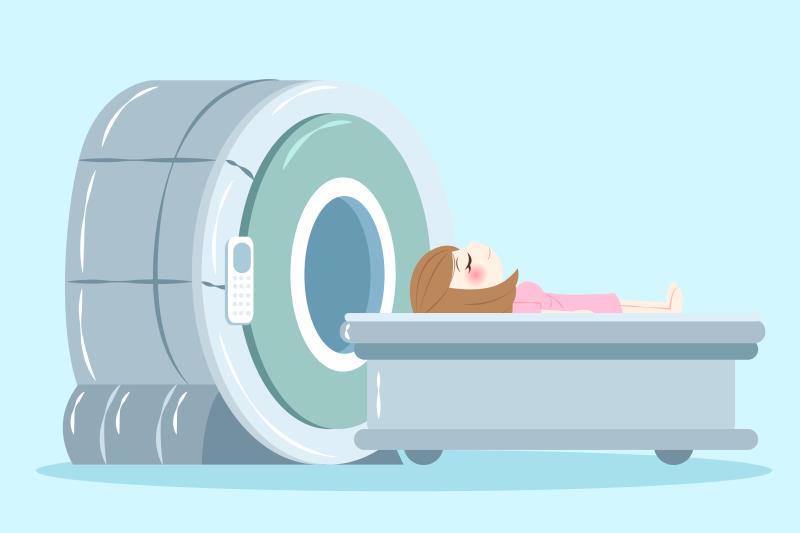
Non-enhanced magnetic resonance imaging (MRI) may be a viable option to ultrasonography for the surveillance of hepatocellular carcinoma (HCC), a new study suggests.
The study included 382 high-risk patients (median age, 56.4 years) who had undergone one to three rounds of ultrasonography paired with gadoxetic acid-enhanced MRI. Non-enhanced MRI was simulated and compared against ultrasonography for the detection of HCC.
Forty-three patients were diagnosed with HCC, yielding a prevalence rate of 11.3 percent. Three of these patients had two tumours and one had three, corresponding to a total of 48 lesions detected in the study sample. The remaining 321 non-HCC patients were followed up for an average duration of 32.9 months, during which 29 patients had been newly diagnosed with HCC.
On a per-lesion basis, non-enhanced MRI significantly outperformed ultrasonography, with respective sensitivities of 77.1 percent and 25.0 percent (p<0.001). The same was true in terms of per-exam sensitivity (79.1 percent vs 27.9 percent; p<0.001).
Non-enhanced MRI remained superior to ultrasonography even when stratifying the analysis according to lesion size.
In absolute terms, of the 48 HCCs reported, 54.2 percent (n=26) were detected by non-enhanced MRI alone, while ultrasonography alone was able to identify just one case (2.1 percent). The use of both methods detected 22.9 percent (n=11).
“Given the high performance, short scan time, and the lack of contrast agent-associated risks, non-enhanced MRI is a promising option for HCC surveillance in high-risk patients,” researchers said.